Implementation of a tool-based Capital Expenditure Process at Aventis
The Aventis Group, one of the largest pharmaceutical corporations worldwide, was cre-ated in 1999 by a merger between Hoechst AG and Rhône-Poulenc S.A. The Group’s spectrum of products includes prescription drugs, vaccines and therapeutic proteins as well as animal health products. As part of the post-merger integration, Corporate Control-ling introduced a tool-supported reporting process for investment controlling (capital ex-penditure) of all national organizations and business units. The figures are collected by the project managers. There is no direct hierarchical relationship between the project managers and the central controlling department, so in the context of a multinational cor-poration, preparation of the accounts can be seen as a collaborative process. Flat consolidation increases data quality (measured in terms of the variance compared to the accounting figures) twelve-fold. Technical system support improves the information available to decision-makers through individualized evaluations and improves the protec-tion of sensitive data against unauthorized access. At the same time, 25% less time is re-quired for preparing the quarterly reports.
1. Company and challanges
Company. The Aventis Group, one of the largest pharmaceutical companies in the world, arose from a merger between Hoechst AG and Rhône-Poulenc S.A. in 1999. The com-pany’s spectrum of products includes prescription drugs, vaccines and therapeutic pro-teins as well as products for animal health.
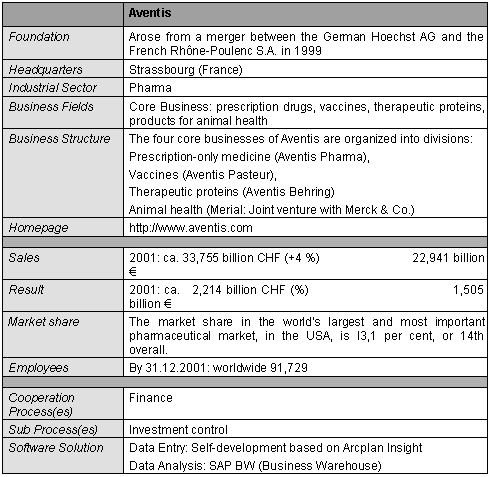
Table 1-1: Brief overview of Aventis
Challenges. Each of Aventis’ divisions has a global network of subsidiary companies, branch offices and participations with which to accomplish their business aim. The effi-cient allocation of financial means to the different groups’ activities and the control thereof from various financial considerations is the duty of Capital Management. Aventis also records quarterly expenditures on projects in management units worldwide and pro-vides the data in consolidated form to the respective decision-makers. Capital Expenditure (abbreviated to Capex) describes this process of internal investment control (Management Reporting), which serves as a supervision of the budget and supports the responsible managers in decision-making and -steering. Parallel to Capex is an investment calcula-tion, or rather an invested goods calculation (Legal Reporting, Accounting). It uses the same initial figures, but prepares them after the respective legal regulations for company external stakeholders (for example, revenue authorities) have been complied with.
For Capex Reporting, the Capital Management Unit of Aventis summarizes all single ac-tivities subjected to expenses under the project definition (for categorization, see Table 1-2).

Table 1-2: Capex Project Categories at Aventis
At the Reporting Level there are about 300 management units which settle their project accounts in the local currency on a quarterly basis. The projects’ scope can vary consid-erably. The reporting figures of a project cover, amongst others, the yearly budget, the current year’s prior expenses and the following year’s interim planning figures. These figures are then consolidated over multiple hierarchical levels for Capex, (see Figure 1-1).
The suitability of these figures for guidance and decision support depends essentially on the quality and actuality of the prepared figure material. An indication of the quality of the Capex process is the variation in the group-wide consolidated figures of the Capex Reporting and Accounting.
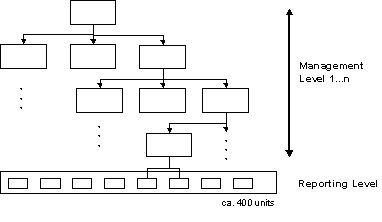
Figure 1-1: Management and Reporting Level of the Capex process
The Capex process exhibits characteristics of a collaborative process in which, beside Capital Management as a subsection of the Corporate Controlling Department, approxi-mately 300 not disciplinary subordinated Capex coordinators at the Reporting Level and management unit decision-makers on different hierarchical levels are involved. That is why Capital Management considers the design of the Capex process and the technical support of Capex coordinators as essential factors to guarantee the quality of the figure material provided to decision-makers.
2. Starting Point
Strategy. Up to now, the Capex-account has served (as well) as decision guidance for the efficient allocation of funds in the different projects.
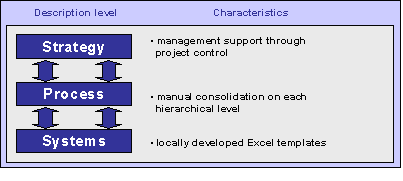
Figure 2-1: Short characteristic of the previous Capex process
Process. Those responsible on each Reporting Level captured the required data in Excel sheets. The figures were then converted into the group’s currency (see Figure 2-2). An automatic verification of the given data’s plausibility did not occur. Furthermore, the standardized templates didn’t provide sufficient protection and allowed unauthorized manipulations.
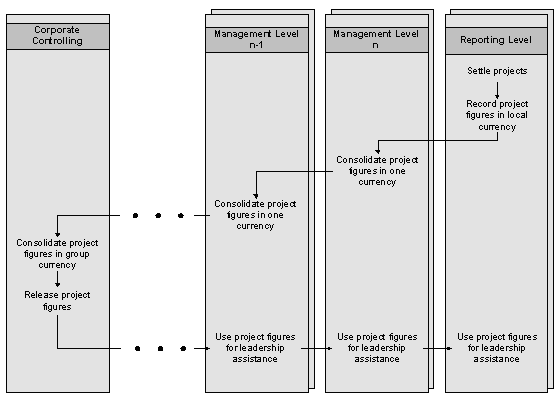
Figure 2-2: Current process of the survey and use of Capex data
Systems. The Capex Reporting was carried out with Excel sheets, that consisted of standard tables. But some sectors had developed their own transfer mechanisms, which facilitated the Capex Reporting for them.
Business pains. Excel proved sufficiently flexible for adjustment to the needs of the different sectors, but overall it proved to be unsuitable for the Capex process. The Excel solution couldn’t guarantee that the relevant persons had used the same databases, and, consequently, that they were talking about the same figures. On top of this, there were no mechanisms to fully protect the Capex data from unauthorized intervention.
The Reporting figures’ consolidation on each hierarchical level was not only time-consuming, but highly susceptible to errors as well. Besides this, the conversion of local currencies into Euro occurred on a decentralized basis, thus using different exchange rates. The variation between the consolidated figures of the investment controls (Management Reporting) and the investment accounting (Legal Reporting) totaled 6% in spite of their having the same initial figures.
3. Project Capex e-Care
Aims. Eric Marmonier, responsible for Capital Management in the merged companies, recognized the necessity to improve the Capex process’s quality with suitable tool support. One of the declared aim was the reduction of the variance between the Controlling Department’s Capex figures and the corresponding figures of the investment accounting. The project experienced top-management support through Aventis Pharma AG’s Chief Finance Officer Daniel Camus.
Capex e-Care’s initiative was grouped under the “e-magine project”, which is a dedicated finance re-engineering project to support the merger of the two partners. Although originally the goal was to make the capex figures available in the Intranet portal “My e-magine”, the Controlling figures proved to be only relevant to those who work with the new Capex tools anyway. Ultimately, integration with “My e-magine” was rejected.
Realization. The e-Care project started in January 2001 and was due to be completed by June 2001, but extended initial problems led to the timetable being adjusted. The project team implemented the critical functionalities in June 2001 and finished the project in September 2001.
Besides his daily duties Eric Marmonier was also responsible for the project’s business side and, with five colleagues, for the specification of the new Capex process. As a first step, they planned to acquaint the internal computer specialist with the technical management of the project. Those at Capex who were responsible for the project wanted someone who would be a competent support person for the technical features, because IT projects were rather unusual for them. As no experienced IT internal resource was available at that time, it was decided to outsource the IT project leadership to Harald Burghard of the external management consulting company IMG.
At this point there were already contracts for the technical implementation of the IT project with the companies Plaut OSS Consulting GmbH and GIS Consulting GmbH. At first the project team’s employees did not know one another. This led to communication problems between the business experts and the technical employees. The IT team members too were inevitably divided into different groups with varying interests and (expert) languages. This led to the resources needed being exceeded as a result of a miscalculation. The programmer of one component misjudged the problem’s complexity and, as a result, had drawn up a too small budget. This resulted in the termination of the project - highly unusual - being discussed for some time.
The authorization concept was the crucial technical challenge, since the figures’ reliability required strict regulations as to which users have access to which data at what time. An important part of the project has been the training of future users. The relevant Capex employees are dispersed worldwide, just as the business units are, and they have to be able to use the new system with the least expenditure possible. First a short documentation of the new Capex tool was sent to all users. It described the normal work procedure by means of screen shots of the system. Next the know-how transfer of users was supported: 10 groups, each consisting of approximately 25 users chosen on regional grounds (for example, time zone factors), received mainly telephonic training. During the one-hour telephone conferences, the training documents were discussed step by step and questions were answered. The telephonic training was well suited to the Capex context, because of the comparatively little input of project figures. Together with other forms of indoctrination, approximately 300 employees have been introduced to the use of e-Care.
Critical success factors. In a heterogeneously composed project team, such as in the case of e-Care, stringent project planning and clear demarcation of responsibilities are especially important for the attainment of the project’s aims.
In Harald Burghard’s point of view, a methodical procedure is an essential requirement for the conversion of preconditions of time and quality. Some of the developers were used to so-called “Rapid Prototyping”. This describes an implementation base that starts during the analysis and conception phase with the programming of the software solution and which carries out incremental extensions until it reaches the finished solution. This kind of procedure was, however, unsuitable. Not only did it lack a methodic foundation, but also contained an unacceptably high risk of undesirable development.
A definition of the project requirements, based on Excel and free of technical implementation aspects, was essentially for communication between business and IT. When it came down to discussions, both project managers made their decision based on this business requirements. Furthermore, during the project, the description of the Capex process’s work flows, which were developed with the help of experts, was gradually extended by means of screenshots of the developed Capex tool. They formed the foundation for the creation of documentation and training documents.
A clear documentation of the project’s results, including essential intermediate steps, was part of the methodical procedure utilized to minimize future expenditures on introduction, maintenance and running. Additionally, the procedure included a role-based, competence-oriented assignment of duties for the project team’s members. For example, at the beginning the idea was to delegate the input of the master figures to the IT team, but they were not qualified for this task. The importance of the master figures’ quality forced Aventis to assign this duty to the Capital Management Department’s employees and to support the process of the master figures’ manipulation with an administrative tool, developed as a follow-up order.
According to Eric Marmonier another important success factor of the project was the culture of handling mistakes. He advices, that the team members should not understand mistakes as a personal defeat for which a guilty party had to be found. Rather, special emphasis was given to finding a quick and constructive solution to the problem.
4. Capex with the e-Care tool
Strategy. The importance of the project controls has not changed, but with the implementation of a more efficient Capex Reporting process, the quarterly figure are of a higher quality and are available earlier than previously to support decisions.

Figure 4-1: Comparative overview
Process. The Capex coordinators at the Reporting Level register the data online through a so-called Data Communication Tool (see systems). A history of all quarters, in other words, the inputs of past periods, can be easily transferred where there are no changes. A release mechanism inspects the entries, warns the user in the case of unusual values (for example, negative expenses) and prevents the data from being filed in the central database when defined rules have not been followed (for example, an unauthorized exceeding of the budget within the management units).
The consolidation of partial, individual reports and their conversion into Euro occur automatically on the central database. After release, the Capex figures are available to authorized persons who have access to SAP. The managers can then retrieve consolidated reports for their units. If required, the reports can be specified according to different filtering criteria and are always based on the most recent figures (see Figure 4-2).
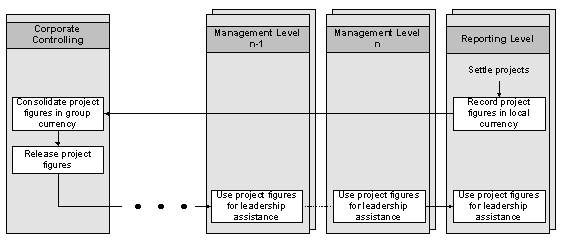
Figure 4-2: Capex process with e-Care
Systems. Scenarios that envisaged a connection between Excel and the management information system ALEA [www.alea.com] were evaluated during the evaluation of the system. However, since SAP R/3 and SAP BW had been generally introduced in the financial part and because SAP software is regarded as a strategic product family, a combination of Data Communication Tool (DCT), based on Arcplan Insight, and SAP Business Warehouse prevailed against ALEA. With the decision to use the existing, in-house system, the IT division’s support could be guaranteed. The ALEA solution would have required extensive customizing to illustrate the Aventis Capex process as well, without guaranteed in-house support.
The tool, providing the data entry interface (Data Communication Tool) for the relevant Capex coordinators is self-developed by Aventis. It based on Arcplan Insight [www.arcplan.com], a tool with which to prepare management information. The appearance of the interface is adjusted to suit the identity of the respective division. First, the user has to login, via the main menu he then accesses a list of projects that are available to him. A Validation Monitor and a Release Monitor provide the functionality to support the release process. Furthermore, the user has the opportunity to first capture the report’s figures in Excel and thereafter to upload them into the DCT. This option allows an offline capturing of data as well. In each instance, the captured project figures are stored in a SQL database until their release. The scheduled delivery of the quarterly figures is system-technically supported by a so-called Tracking Monitor.
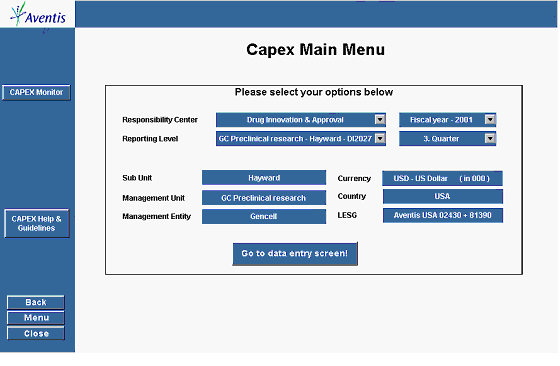
Figure 4-3: Main menu of the Capex Data Communication Tools
After the release of the project figures, a SAP Business Warehouse (SAP BW) aggregates the quarterly figures and converts the local currencies into the group’s currency, Euro. This transfer is process-based for performance reasons. However, all project figures have to be deposited with the DCT three days after the so-called country clearing.
SAP BW provides authorized persons with analyses of and reports on different specification levels. Additionally, there is the possibility to prepare one’s own reports from the data. Direct data entry and manipulation in the SAP BW program are prevented for consistency’s sake. Figure 4 4 provides an overview of the e-Care architecture.
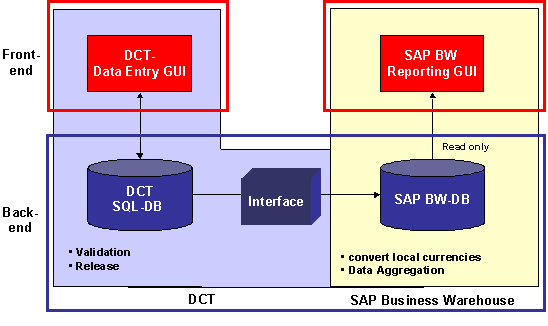
Figure 4-4: Overview over the e-Care architecture
Costs and Benefits. Aventis e-Care (electronic Capex Reporting) improves the Capex Reporting process’s efficiency, while simultaneously increasing the figure material’s quality and the analysis opportunities for preparation and management decisions.
A survey of the Capex coordinators responsible for the data entries, which was held after the completion of the project, showed that 62% of these users had a time saving of an average of 1,5 hours per quarter. The sporadically reported additional expenditure in Capex reporting time (7%) was the result, among others, of the too narrow network bandwidth, or of the deactivating of specialized Excel solutions for a special reporting unit. In two cases the overall load of the users increased because they had to take on the duties of third parties, who were no longer involved in Capex Reporting.
It also became possible to eliminate the manual consolidation of the figures from the different management levels. This freed the employee who had previously been responsible for this duty in Capex Reporting.
Table 4-1 provides a systematical overview of the realized benefits and compares them with the project and the current operations’ expenses. Some categories of project benefits haven’t as yet been qualified by Aventis. It is also the Corporate Controlling Department’s opinion that the costs of quantifying e-care’s benefits, considering the potential benefits of a more detailed analysis, are not justified.
Further development. At present, no extension of the e-Care solution to related processes, for example the budget planning, are envisaged. Continuous attention is paid to the concept of authorization for the decision-makers. Besides the attention paid to the authorized groups, tests are currently being run on how the technical protection of the sensitive Capex data may be improved.
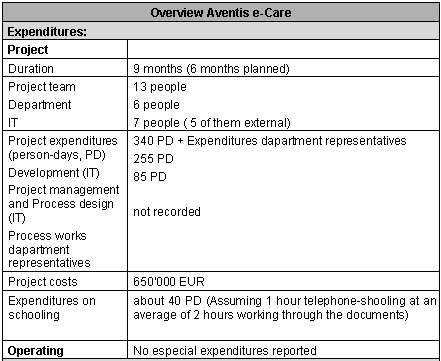
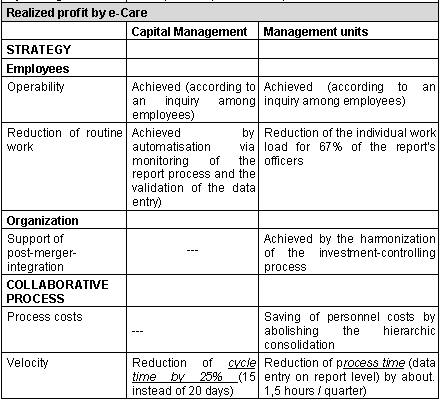
Table 4-1: Capex e-Care – Expenditures and realized profit
5. Learnings
Aventis e-Care leads to a “direct” connection of data creation and data use in the Capital Expenditure Reporting’ sector. The elimination of media breaks allows a flat consolidation of the reporting figures, excludes unnecessary steps in between and increases the speed of the process. The utilization of a common database increases the quality of the Capex quarterly figures. An authorization concept ensures user-specific provision of required data and also increases the protection of the sensitive company data by decreasing the chances of unauthorized access.
For cost and time reasons, Aventis has decided against an extension of the e-Care solution to the budgeting process, which will continue to be characterized by the exchange of Excel sheets that will now be consolidated in ALEA.
- The examined cooperation process addresses the company’s internal control. The cooperation within different management units and hierarchical levels leads (de facto) to a process with varying stakeholders whose aims have to be balanced out.
- The business case didn’t quantify all project benefits. Interesting in this connection is the fact that specifically the Corporate Controlling division initiated a project that delivers a difficult to quantify but visible benefit. This raises the question of a useful cost-benefit ratio of ROI calculations.
- Different cultural backgrounds can be a weakness, but also a strength when they are properly managed. This not only requires the development of a common language, but also an intelligent handling of mistakes.




